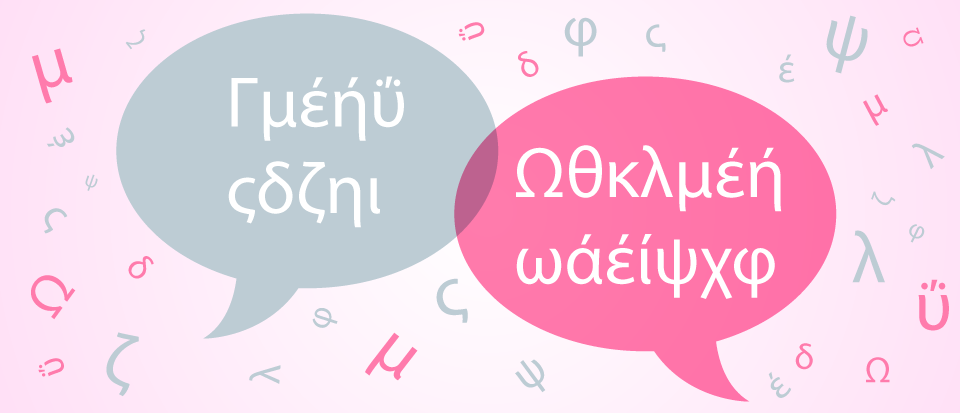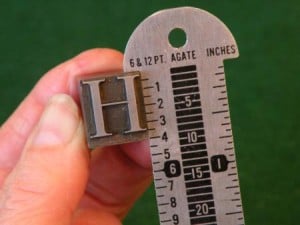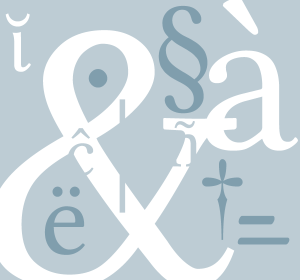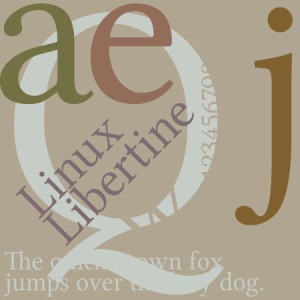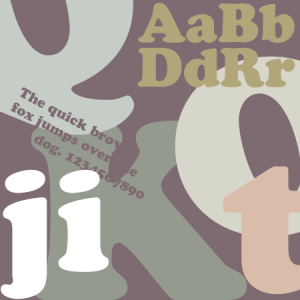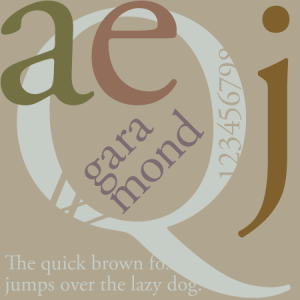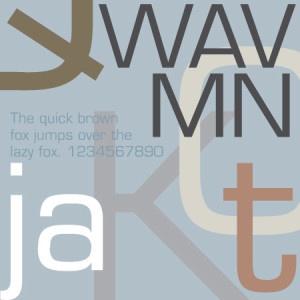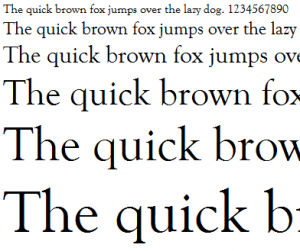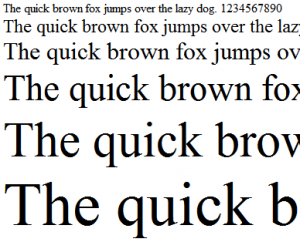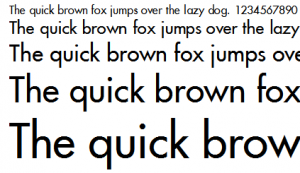Even if you've never heard of the term “Shop Talk,” chances are still very good that you've heard shop talk, or may have even participated in it yourself. In a nutshell, shop talk is the jargon specific to an occupation or special interest. One common example of shop talk you may have participated in is sports jargon. Inning, Safety, Punt, Quarterback, Strike, Goal, Ball, Foul, Out, Steal, Error and so on. Photographers may refer to F-stops, Focal Lengths, ISO, Shutter Speeds & Megapixels, while designers may talk about Color Spaces, Color Theory, Wireframes, Mood Boards, Levels, Pixel Depth, Strokes and Fills. Whatever your profession or interest, there's likely some Shop Talk associated with it.
Today we're going to focus on Typography, and the curious case of two different trades that use their own very different Shop Talk to describe very similar concepts: Web Designers and Graphic Designers.

